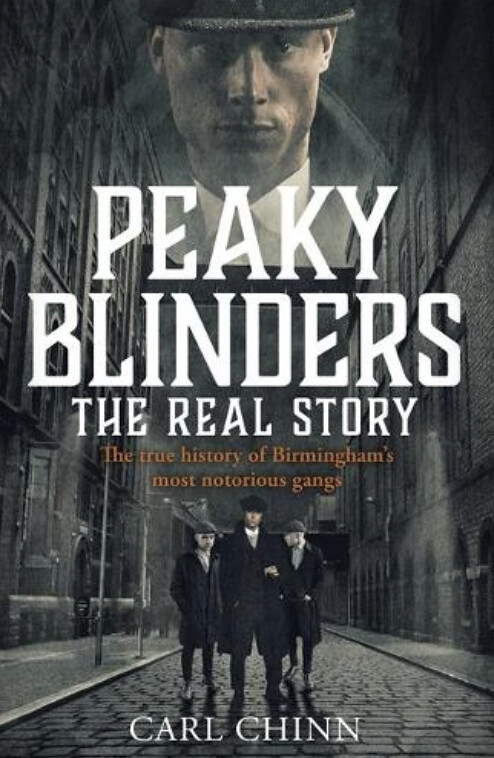Research culture remains a topic that is of concern to many, because it can be so very far from ideal. You don’t have to be from a minority background – of whatever kind – to find yourself in an environment that doesn’t bring out the best in you. Can anything be done because, if it can, it is likely to help all those who are ‘othered’ by their personal characteristics even more? A recent report from the University of Oxford identifies many areas where processes about the whole research system could be improved for people who fit into the category of ‘marginalised researchers’, which covers women and racialised minorities, people with disabilities and those identifying as LGBTQ+. As the report says
‘A growing body of evidence underscores that academia is not a meritocracy. In academia, as in the rest of society, systemic barriers remain to limit the success of researchers in many marginalised groups.’
As I do with many such reports, I started off by reading the recommendations. I found these, at first sight, rather disappointing. Not that there was anything wrong with them, but they seemed to be treading along familiar paths and it didn’t strike me they were likely to lead to much change. Equally, this had been my initial reaction, and this still holds, to the 2021 BEIS People and Culture Strategy document, about which I wrote
‘full of laudable sentiments though the strategy is, it appears to lack any clear indication of the path from where we are now to where BEIS aspirations would take us.’
Eighteen months on from the publication of that BEIS strategy, I’m not convinced there has been much progress.
However, when I read the full Oxford report, I felt rather differently about what it had to say. Not because I feel the recommendations are particularly novel or ones which will immediately change the landscape, but because the way they are put into context is very powerful. It identifies exactly how the current system introduces inequity for different parts of the researcher population, ranging from the less confident (who may find an interview intimidating and lead them to underperform) to those with a disability, who may have problems accessing or completing forms.
There are certain of their recommendations which really should be easily put into practice, for instance by funders. In particular, I would highlight the timing of closing dates for grant applications, so they do not fall immediately after the main holidays. It should be obvious that a closing date of early January is likely to impact more severely on those with caring responsibilities than those without, who may in fact just have had several weeks without the normal teaching or committee loads so making grant-writing easier not harder. Funding calls which are only open for a few weeks are also likely to be detrimental to carers, but these are far from uncommon.
The issue of confidence I allude to above is a more tricky one. Firstly, because having the confidence to give a convincing conference presentation is a relevant skill for success, and may feel as pressured as an interview. Consequently, I believe such skill is not entirely divorced from the ability to conduct a successful project. Nevertheless, I am sure all readers will have encountered the brash or arrogant candidate. If they come across as patronising to their audience it may cause uncertainty about how well they would do in running a group or giving an undergraduate lecture. I well recall one man, smartly turned out in a pinstripe suit that would not have been out of place in a bank (yes, I know, I should not be prejudiced against someone because of the clothes they wear), who – as part of an interview process for a lectureship position – gave a seminar that was positively intimidating in the way the audience was addressed. It was full of chutzpah. I was less convinced it was full of content, but others on the interview panel seemed not to spot this. I argued that an undergraduate faced with such a style of lecturing would not have received it well. That seemed to me a significant part of the reason for requiring a candidate to give a seminar. Again others (almost certainly all male, although it is so long ago I cannot swear to that) did not seem to be as put off as I was.
That level of ‘confidence’ I believe is dangerous. Someone can come across as persuasive and on top of things, when actually it’s simply a smokescreen of performance. Any successful leader should understand their audience and never give off an air of intimidation. At least that’s my view. Shyer people may stutter a little, in a presentation or an interview, but not giving glib answers to questions may indicate deep thinking and knowledge and not ineptitude. It is my belief we are, collectively, too easily swayed by style of delivery rather than actual content. It is totally appropriate that such an issue should be highlighted, as the report does.
Other types of bias may be well-known, but nevertheless still prevalent. The statistics about ethnic minorities is particularly dispiriting. The report cites Wellcome data which shows that the success rate for Black, Asian and Minority Ethnic applicants is 6 percentage points lower than that for white applicants (8% compared with 14%), with precisely zero awards made to UK-based applicants reporting their ethnicity as Black or Black British in 2019/20. The fact that there are hardly any black professors in the sciences across the UK is obviously directly related to this. What the report makes clear is how many different parts of the system disadvantage such people, from lack of mentors and sponsors, to internal sift systems as well as grant-giving panels which fail to overcome their biases. A black woman who speaks up may be classed with the standard trope of ‘angry black woman’ when behaving in exactly the same way as a white man, who is simply seen as confident and assertive.
The report spells out the dismal situation many researchers face, identifying the different key stages where problems occur. I found it salutary reading to look far beyond those areas of disadvantage I am familiar with from my work regarding women. Not that I think we have by any means overcome those hurdles more familiar to me, but it is important to recognize that different groups face disadvantage from many different parts of the system and that all of these need to be identified and addressed.










